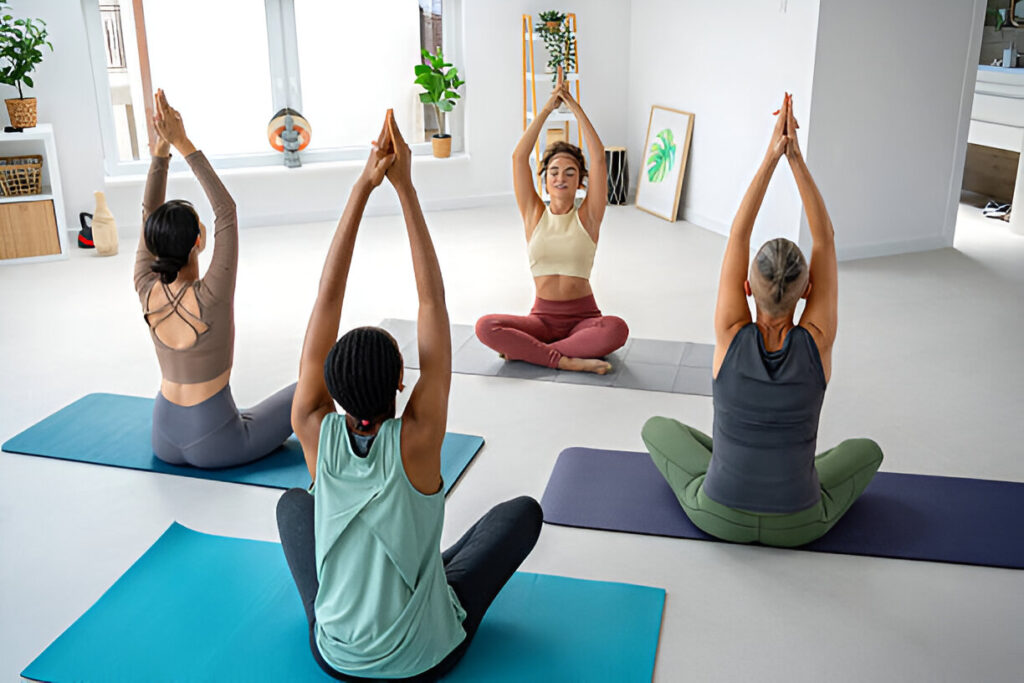The fitness industry has witnessed a significant evolution over the decades, transitioning from solitary workout sessions to more socially engaging and dynamic environments. At the forefront of this transformation are group fitness classes, which have gained immense popularity for their ability to combine physical exertion with social interaction. This trend towards collective exercise experiences is redefining how people approach health and wellness.
The Appeal of Group Fitness Classes
Group fitness classes have been rising in appeal for a multitude of reasons. One of the primary drivers is the element of community. Participants can benefit from the motivational atmosphere, where each member’s energy fuels the collective effort. It’s not just about individual goals; it’s about progressing as a unit, creating a sense of belonging and togetherness that enhances the overall workout experience.
Moreover, group fitness is also renowned for its diverse range of offerings. From high-intensity interval training (HIIT) to yoga, dance, and spinning, these classes cater to all preferences and fitness levels. The variety ensures that individuals can constantly challenge themselves and avoid the monotony that sometimes accompanies solo workouts.
Structured Guidance and Accountability
A unique component of group fitness is the structure it provides. Led by certified instructors, these classes offer guided workout routines that can be crucial for those who may lack the knowledge or confidence to craft their own exercise programs. The professional oversight ensures exercises are done correctly, reducing the risk of injury and optimizing benefits.
Accountability is another significant aspect. The regularity of scheduled classes encourages participants to commit to their fitness regimens. Knowing that there are others counting on your presence can be a powerful motivator to maintain consistency and perseverance towards one’s fitness journey.
Personalized Experience Within a Group Setting
Despite being set in a group environment, many fitness classes offer personalized attention. Instructors frequently circulate to provide feedback, correct posture, and adapt exercises to suit individual needs. This personal touch adds to the quality of the workout while fostering an inclusive space where every participant can thrive.
Group fitness allows for scalability. Regardless of fitness levels, exercises can often be modified to increase or decrease intensity. This inclusivity ensures that everyone from beginners to advanced fitness enthusiasts can benefit from the class, promoting a cooperative rather than competitive atmosphere.
Fostering Mental and Social Well-being
It’s not all about the physical gains; the mental health benefits associated with group fitness are profound. Engaging in regular, shared physical activity can lead to reductions in stress and anxiety. The endorphin rush experienced during exercise, coupled with the supportive environment, can greatly boost one’s mood and mental clarity.
Socially, these classes can be a haven for forming new friendships and connections. Regular participants often create bonds over shared fitness challenges, creating strong community ties and offering a network of support that extends beyond the gym walls.
The Economic Advantages for Gyms and Studios
The ascent of group fitness has not only benefited participants but also the establishments offering these services. Gyms and studios have recognized the financial advantages, as classes often attract more members than solo gym use. This is not only beneficial from a revenue standpoint but also helps in cultivating a vibrant, bustling atmosphere that can attract further clientele.
Investment into top-notch instructors and diverse class schedules has become a key differentiator for gyms. By cultivating a reputation for quality group fitness offerings, establishments can create a loyal member base more likely to recommend the gym to friends and family.
The Future Landscape of Group Fitness
The future of group fitness seems bright, with continuous innovation shaping the sector. Classes are constantly evolving, integrating technology like virtual reality or live streaming to create novel experiences that cater to evolving consumer demands.
Sustainability within fitness practices is also garnering attention, with studios increasingly emphasizing eco-friendly practices and social responsibility. Group fitness is positioned not just as a trend but as a pillar in the ongoing shift towards holistic health and community-oriented living.
Conclusion
The growth of group fitness classes epitomizes a move towards a more collaborative, engaging, and enjoyable approach to health and fitness. These classes promise not just a workout but an experience—one that is as rewarding mentally and socially as it is physically. For those looking to invigorate their routine, joining a group fitness class can be an excellent way to simultaneously enhance their fitness levels and foster connections within a community. As the fitness landscape continues to evolve, group fitness classes stand out as an influential and dynamic force driving the collective health of society forward.



